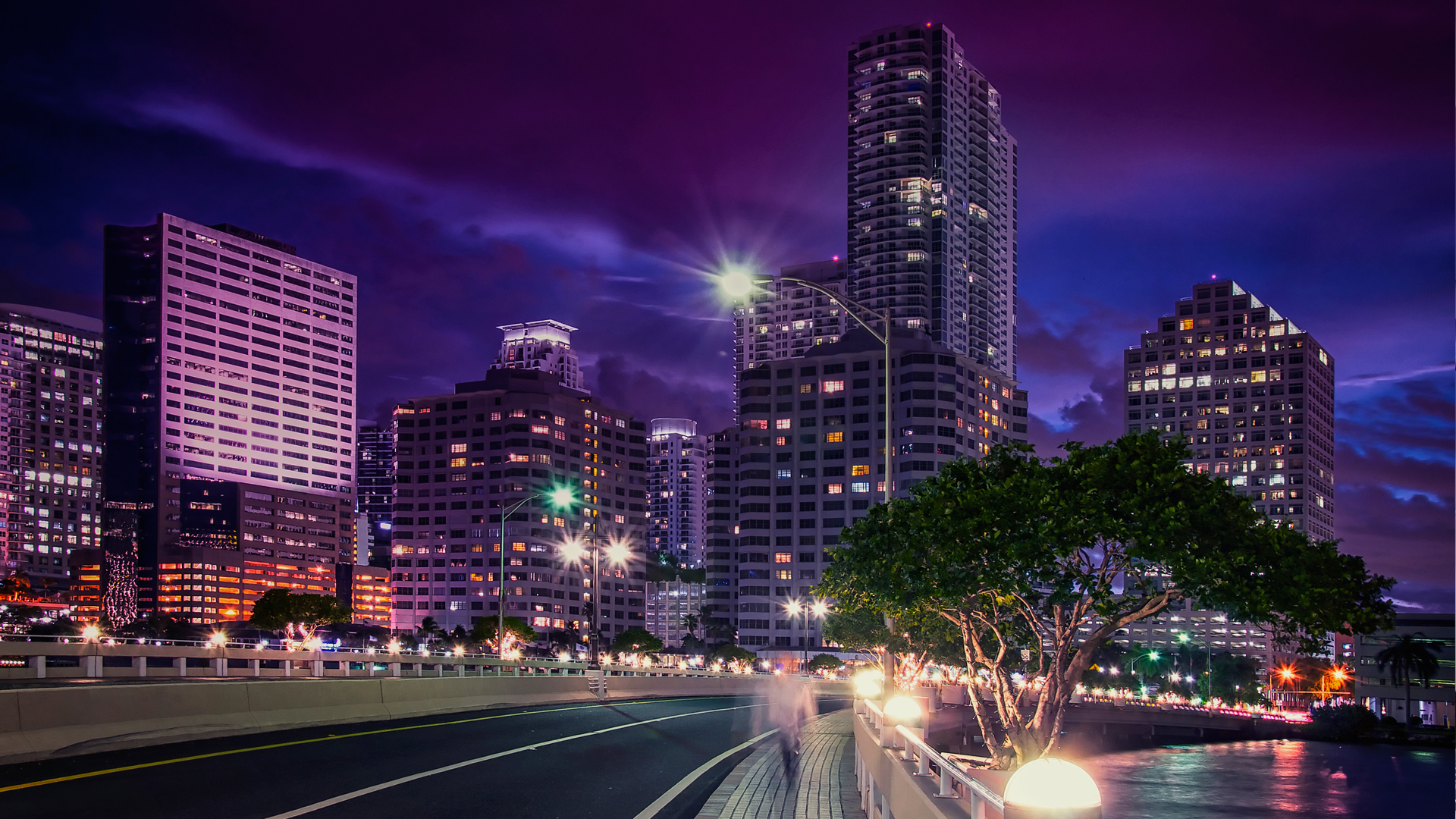
The basis of the Smart City System is a well functioning infrastructure with data coverage of the entire city that allows you to integrate new services and functionality in the future. The aim of the Smart City is to reduce CO2 emissions, but also reduce the level of noise and air pollution, as well as to gain experience and knowledge on how to integrate elements of public space with new logistical applications. The concept and development of the Smart City is so new that finding a fully working city system is difficult.
Telematics Wireless is a recognized global leader in the delivery of robust, reliable and advanced energy and water resource management systems based on RF wireless networks.
Telematics Wireless is globally know to provide one of the best platforms in the world and Sunview LED being a leader in lighting technology makes this partnership a superior turnkey solution in smart city applications.
The Smart Metering of electricity consumption and data gleaned from media recording devices from public buildings can be combined to create a city database. This information can be enlarged to include data derived from the monitoring of school buildings and other municipal facilities. This infrastructural information can be the basis for carrying out retrofitting work for LED lighting and improving the energy costs for many properties. The entire Smart City Systems will eventually be integrated to the Information and Control Technologies (ICT) networks of public buildings, which will allow for remote management of facilities, and, in concept designs, will be part of the Smart Grid, the modernized electricity network of the future. Many cities worldwide are working to implement intelligent energy power systems combined with intelligent logistics to develop intelligent resource efficiency. This is the idea behind what is called Smart City or Smart Region. One of the first implementation examples for a Smart City is in Boulder, Colorado, USA. This particular Smart City concept consists of four main components: Power Smart Grid Infrastructure, Smart Electric Meters, Smart Home Devices, and a Public Website.
One of the driving concepts behind Smart City is to create a sustainable way of life, work, mobility, and public space that utilizes the new cost effective technologies and supplies more efficient, less expensive, energy use. However, implementing technology alone will not bring about these sustainable changes. The real motivation for the change will come from adjusting the behavior of the residents and promote partnerships among multiple entities like companies, manufacturers, municipalities, and other urban organizations to achieve a common goal. Not only will citizens from all walks of life be asked to change and to do more to implement these technological advances, but non-entities like simple outdoor street lights will be required to do more.
Along with their capacity to provide lighting for roadways, residential, business, and public space areas, outdoor lighting is increasingly being targeted for the implementation of smart technology. This smart technology includes the reduction of energy consumption, improved citizen safety, and interfacing with the expanding Internet of Things (IoT) for an ultimate connection to the Smart Grid. Some of these changes will include connecting Smart Street Lighting with the facades of buildings that have photovoltaic panels to collect energy and sensor panels to gather data to broadcast selected information to the public. Other concepts include urban planning that engages electric vehicles on programmed runs for automated refuse disposal aligned with distribution of goods to centralized city locations. This eliminates polluting and unnecessary vehicle presence on roadways, reduces traffic congestion, and integrates mandatory city maintenance like water runs for street cleaning. Even towering skyscrapers will be used in this process. They will be equipped with methods to measure and analyze energy consumption and evaluate CO2 emission. Intelligent Tower Offices (ITO) will provide a testing ground from which information will be used to develop future efficient energy solutions citywide.
By the year 2050, two-thirds of the world’s population will live in cities. As a result of this increasing population and the resultant demands upon the urban environment, Smart City is a solution that addresses the need to provide a livable, safe, and comfortable future urban environment. Creating a resilient city plan that provides a decrease in energy consumption, the efficient use of resources, an improved citizen safety, a reinvigorated urban area, an ensured healthy future environment, and integration with the growing connectivity of regional and national Smart Grids is the basis of the Smart City concept. Each city has the opportunity to design its own Smart City plan. Eventually, all cities will be connected to the ultimate system of systems, the Smart Grid.
For more detailed information, please read and/or download our Smart Technology Brochure, our Interoperability Brochure, and our SunView LED Company Overview Brochure found under the Virtual Brochures Tab on this website.